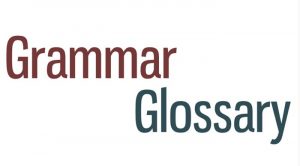
In this grammar glossary you will find short descriptions and examples of the grammatical terms which have been used throughout the Learning Objects. The glossary is designed for you to look up words when you find them in the Learning Object, it is not designed for you to read through all the words one after the other.

An adjectival clause, also called a relative clause will:
- contain a subject and verb.
- begin with a relative pronoun [who, whom, whose, that, or which] or a relative adverb [when, where, or why].
- function as an adjective, answering the questions What kind? How many? or Which one? The adjective clause will follow one of these two patterns:
- relative pronoun or adverb + subject + verb e.g. whose essay was worthy of a distinction The student, whose essay was worthy of a distinction, had to leave the course due to illness.
- relative pronoun as subject + verb that the teacher saw as disrespectful The student behaved in a way that the teacher saw as disrespectful.

An adjective gives information about a noun, to describe the noun (person, place, thing, concept) in more detail. Examples:
- The happy man smiled at the girl.
- The interesting lesson pleased all the class.
- The student was bored.
- The lecturer had been educated at Oxford.

An adverb modifies a verb or an adjective. Examples:
- I speak English well. In this example, the adverb 'well' is modifying the verb 'speak'.
- The horse ran fast. In this example, the adverb 'fast' is modifying the verb 'ran'.
- The woman is very happy . In this example, the adverb 'very' is modifying the adjective 'happy'.
- I particularly like Japanese food. In this example, the adverb 'particularly' is modifying the verb 'like'.
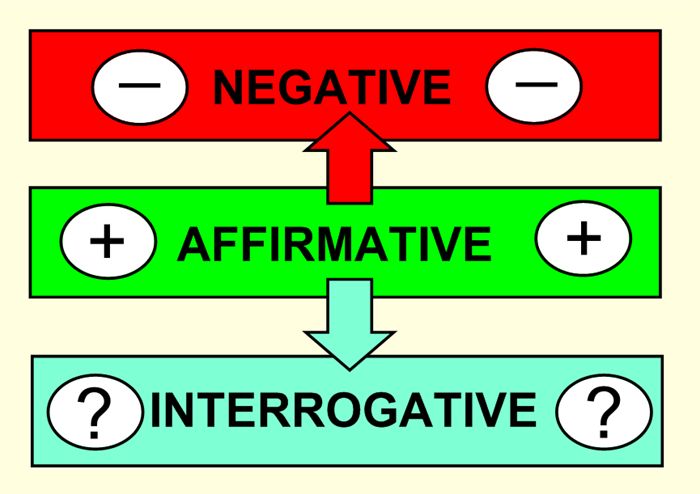
An affirmative statement, phrase or sentence is one that states something positively. It is usually contrasted with interrogative (questioning) or negative.
Examples:
- They do not want to leave. NEGATIVE
- They want to leave. AFFIRMATIVE
- Do they want to leave? INTERROGATIVE

Articles precede nouns and show if the noun is general or specific. There are three main types of article, the definite article (the), the indefinite article (a/an) and the zero article (no article).
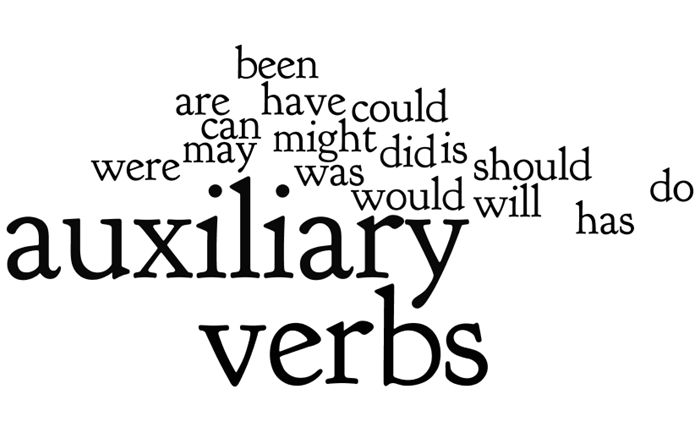
An auxiliary verb is used with a main verb (Lexical Verbs) to give extra grammatical information concerning (a) tense: past, present or future; or (b) aspect: perfect, simple or continuous.
Modal (auxiliary) verbs are one kind of auxiliary verb and give information about degree of possibility, necessity, obligation etc.
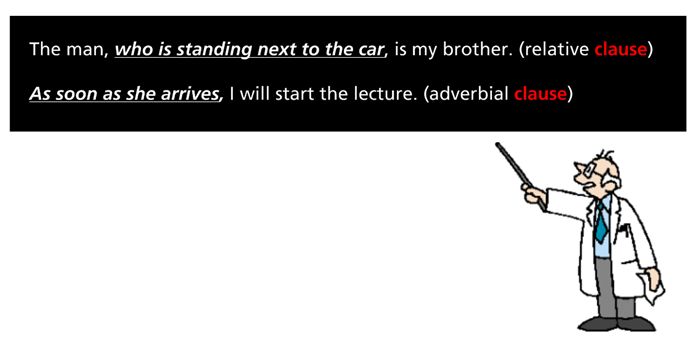
A clause is a collection of words which forms part of a sentence (in some exceptional cases a clause forms a complete sentence).
There are several types of clause, for example, a relative clause or an adverbial clause. A clause can be, and often is, subordinate to the main sentence.
Examples:
- The man, who is standing next to the car, is my brother. (relative clause)
- As soon as she arrives, I will start the lecture. (adverbial clause)
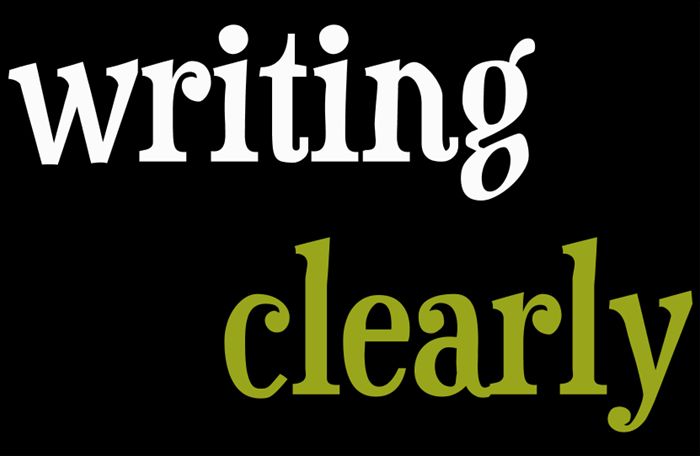
Coherence is the quality in a text of being clear and logical and therefore making good sense for the reader.
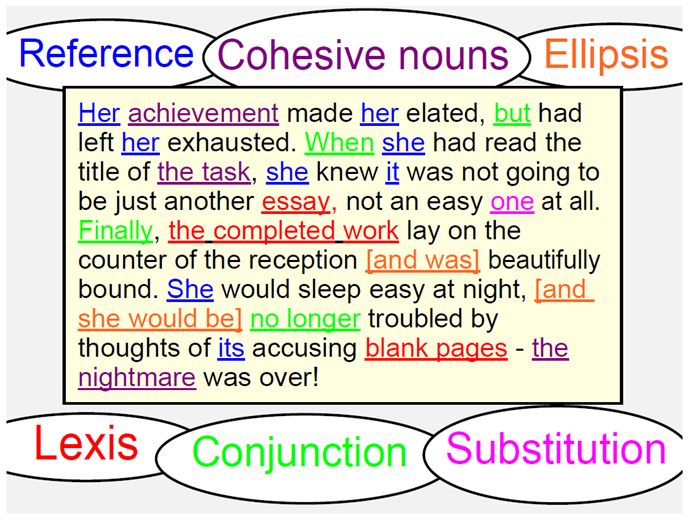
Cohesion is the 'glue' that joins your ideas together. It is a way of making connections within a text to achieve a sense of clarity and flow. According to the writers Halliday and Hasan (1976), there are six main ways that cohesion is created in a text: Reference, Substitution, Ellipsis, Lexical Chains, Cohesive Nouns and Conjunction.
For further information, refer to the Cohesion and Coherence Learning Object.

A cohesive device is a word or phrase used in a text to connect ideas together. For example: but, however, nevertheless, so, consequently, therefore, etc.

Cohesive nouns can summarise many words in one (e.g. attitude, solution, difficulty), and have been called 'umbrella' nouns for this reason (Bailey 2006:150). They are used to signal what is to come (e.g. the problem to be discussed...), or can refer back (e.g. The issue mentioned above...).

A collocation (the verb is 'to collocate') is a phrase (a group of words) or word partnership (a couple of words) that frequently go together. This partnership is not necessarily related to the meaning.
For example, even though the words start and begin have the same meaning, we cannot say 'to begin a car', whereas we can say 'to start a car'.

A comma is a short mark of punctuation which denotes a slight pause or separates items in a list. To learn more about commas, refer to the Punctuating Correctly Learning Object.
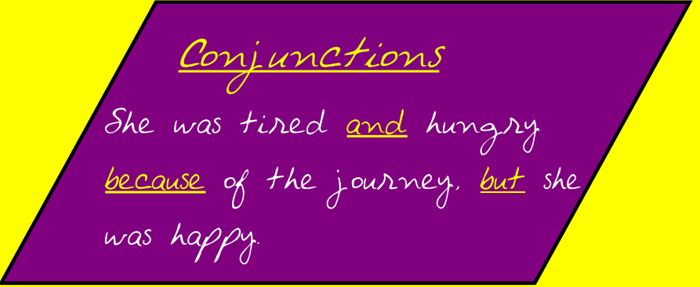
A conjunction is a short word which joins together two sentences (or clauses) to make one whole sentence.
Examples:
- I am a woman. I am a teacher. --> I am a woman and a teacher.
- I come from the North West of England. I work in London. --> I come from the North West of England, but I work in London.
Other common conjunctions are 'or' and 'because'.

The connotation of a word is the emotional associations that it creates for people who hear or use it. At the most basic, this means whether it is regarded as a positive or negative word. For example, a person can be described as 'slender', 'skinny' or 'underweight' and weigh the same. The first word (slender) being positive, the second (skinny) negative, and the third (underweight) is 'medical' in connotation.
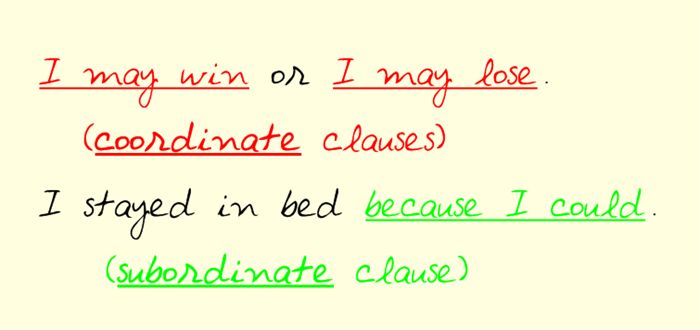
A coordinate clause is a group of words that is connected to one or more other coordinate clauses of equal status. These clauses are not dependent on a main clause in a sentence for their meaning (unlike subordinate clauses) and can each stand alone as an independent sentence. They are usually joined by a coordinating conjunction (e.g. and, or, but, whereas, etc.).
Examples:
- I went to London, but my sister went to Montreal.
- The older professor enjoyed teaching whereas inexperienced teachers often find teaching very stressful.
- The tourists might visit a museum, or they might go to the beach, or they may just stay in their caravans.

Discourse markers, otherwise known as 'linking words', are words which 'link' your text together. Whilst used very infrequently in spoken English, in written English they are common. Discourse markers help to add a sense of cohesion to your text. They mark logical connections between different items in a text and also between paragraphs. However, overuse of discourse markers can lead to a text seeming stilted and unnatural. Commonly used discourse markers are However, Therefore, Furthermore, In addition, Moreover, Conversely.
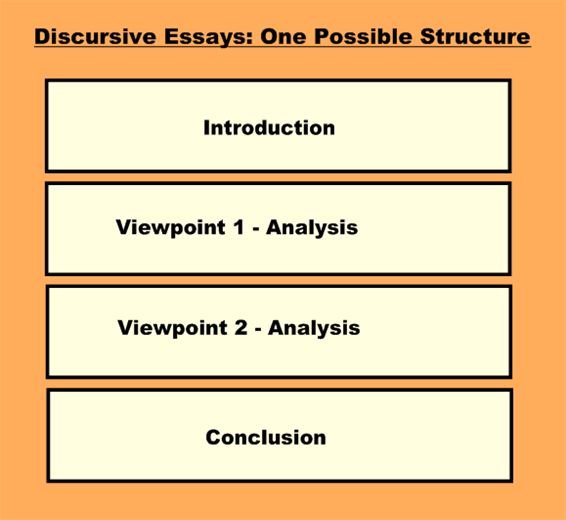
A discursive essay is one in which the writer comes to a conclusion based on logical argument and reason.

Ellipsis means leaving words out when we are speaking or writing because it is clear from the context what is being referred to. Example:
- Stacie can type, but I can't.
Here the word 'type' is not repeated because it is clear that 'type' is being referred to.

A full stop is a small dot which appears at the end of the sentence. It signifies the end of the sentence. Full stops are always followed by capital letters.
For more information about full stops, complete the Punctuating Correctly Learning Object.
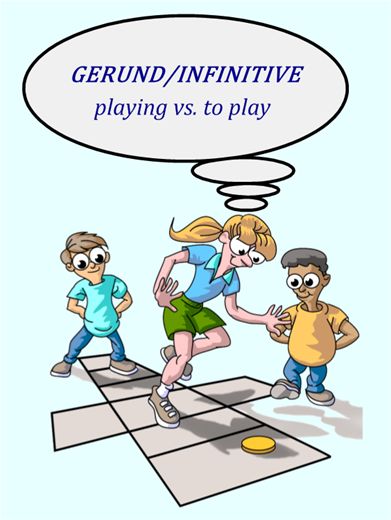
A gerund is a noun in the form of a present participle of a verb. In other words, a noun in the 'ing' form. Examples:
- Winning a race is not important, it's the taking part which counts.
- I look forward to seeing you soon.
Students often have difficulty knowing when to use a gerund and when to use an infinitive form of a verb. For more information and practice on this topic, please refer to the Gerunds and Infinitives Learning Object.

An infinitive is a form of a verb: the base form and the word to. It is also sometimes called the full infinitive. The base form without to is called the bare infinitive. Examples:
- to read = full infinitive / read = bare infinitive
- to write = full infinitive / write = bare infinitive
- to listen = full infinitive / listen = bare infinitive

A lexical chain is a sequence of related words in writing. A chain is independent of the grammatical structure of the text and is in effect a list of words that helps to create cohesion in a text. Example:
A lexical chain related to work might be: employee, salary, boss, contract, wages:
The employee was unhappy with his salary so went to his boss to ask about his contract and demand higher wages

A lexical set is a group of words with the same topic, function or form. Examples:
- 'cat, dog, tortoise, goldfish, gerbil' is part of the topical lexical set 'pets'.
- 'quickly, happily, completely, dramatically, angrily' is part of the syntactic lexical set 'adverbs'.
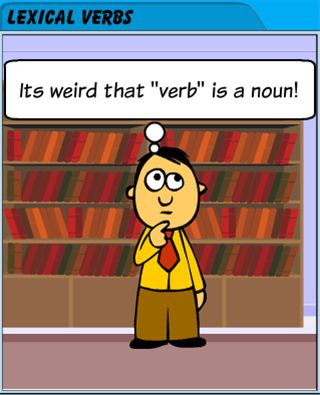
A lexical verb is a verb which does not have any special rules. It behaves as a normal verb. This is different from a modal verb, which follows slightly different grammatical rules. Examples: suggest, assume, ascertain, analyse.
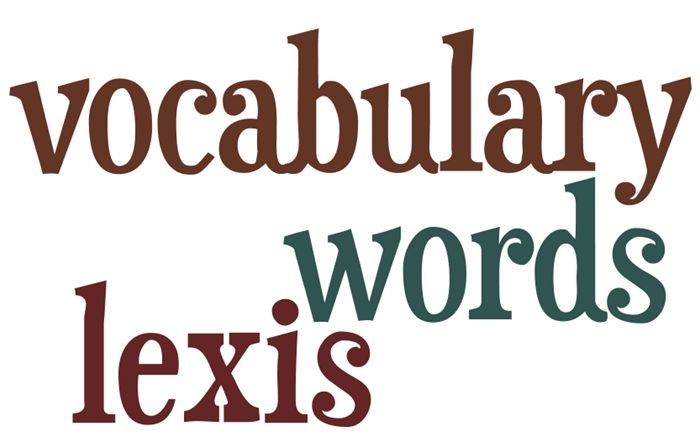
Lexis is another (more formal) word for vocabulary.

Linking words, otherwise known as discourse markers are words which 'link' your text together. Whilst used very infrequently in spoken English, in written English they are common.
Discourse markers help to add a sense of cohesion to your text. They mark logical connections between different items in a text and also between paragraphs. However, overuse of discourse markers can lead to a text seeming stilted and unnatural. Commonly used discourse markers are: However, Therefore, Furthermore, In addition, Moreover, Conversely.

Modal adjectives are adjectives which suggest something which is possible, definite, not definite or necessary. In other words, they behave with some form of modality and as such, are slightly different to ordinary adjectives.
Examples: possible, probable, certain, definite
Modal adjectives usually combine with events and propositions, rather than with things or people. For example:
We can say:
Jessica is a probable candidate for the President of the Students' Union election. (This is grammatically correct.)
But we cannot say:
Jessica is probable. (This is not grammatically correct.)

A modal noun is a noun which expresses a sense of modality.
Examples: Assumption, Probability, Possibility, Obligation, Necessity.
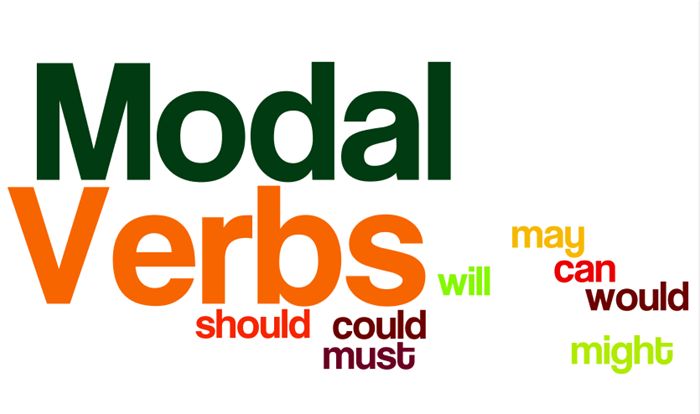
Modal verbs follow a different set of grammar rules to lexical verbs. They do not conjugate in the third person, they do not have an infinitive form, and they do not have a gerund. For example:
1. Modal verb 'must':
I must
You must
He/She/It must
We must
You must
They must
2. Lexical verb 'to go':
I go
You go
He/She/It goes
We go
You go
They go
They are not followed by an infinitive, but with the base form of the verb without 'to'. For example: I must go
Note: 'have to' is also a modal verb, as in I have to go, which is similar in meaning to I must go
Modal verbs express all forms of modality, e.g. possibility, uncertainty, necessity, permission and obligation.

Nominalisation is the process of changing verbs into nouns. We do this for several reasons:
- economising on word count,
- avoiding overuse of verbs,
- to give a more formal style to our writing.
Example:
Student numbers are increasing rapidly from year to year and the University is becoming concerned that they may need to build more accommodation in order to house everyone.
Using nominalisation, this sentence becomes:
The rapid increase in student numbers is causing concern at the University. More accommodation may have to be built in order to house everyone.

A noun is a word for a person, a place, a thing, an emotion or a concept.
Examples: Mary, a university, a computer, happiness, globalisation, the conceptualisation of, grammar.
Nouns can be both countable and uncountable. For example:
- Pens are countable: I have 1 pen. I have 2 pens. I have 10 pens.
- Sugar is uncountable: I have some sugar.
Nouns can be specific and general. For example:
- I like the dog. (specific)
- I like dogs. (general)
Nouns can be singular or plural. For example:
- I own a car.
- My boyfriend owns several cars.
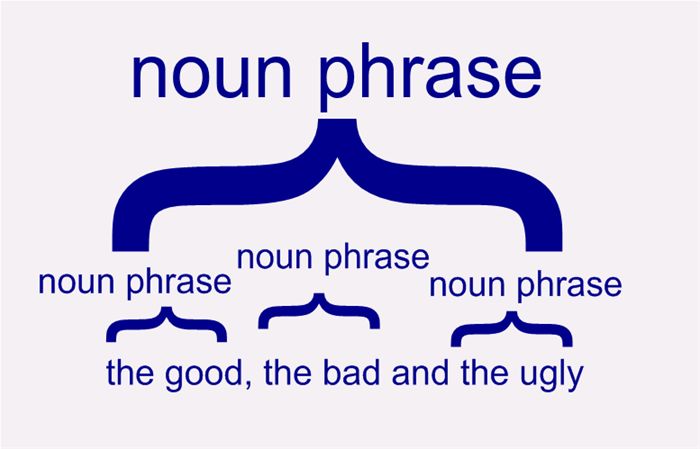
A noun phrase is a collection of words which work together to act as one noun. For example:
The incredibly long winded and drawn out explanation given by the teacher was difficult to follow.
Noun phrases have been proven to feature heavily in academic writing and are therefore claimed to be very important for those writing at university.
If you are able to identify noun phrases, you may begin reading texts in a different manner, reading for 'chunks' of information rather than single words. Being able to form a noun phrase is the next step. Noun phrases are formed by modifying the phrase before or after the head noun of the phrase.

An object is the word or phrase in a sentence referring to the person or thing receiving the action of a transitive verb. For example:
- Paul kicked him. (him is the direct object).
- The police arrested the pickpocket. (the pickpocket is the direct object).
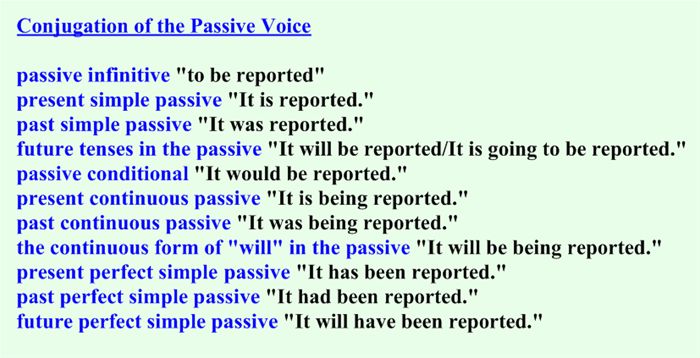
In the passive voice the subject receives the action of the verb. It is often used when the agent (the person or thing doing the action) is less important or unknown. It is usually considered to be more formal than the active voice. The passive voice is formed by the auxiliary verb to be and the past participle.
Examples:
- Yukiko made the sushi. (Active voice)
- The sushi was made by Yukiko. (Passive voice)
- I have been robbed! (It is not necessary to state 'by a thief', since this is implied by the word 'robbed')

A past participle is formed with the infinitive form of the verb + ed if the verb is regular. If the verb is irregular, it can be formed in other ways, e.g. written, sung, thought, taught, etc.
It is used to form the Present Perfect tense, e.g. I have worked really hard today.
Additionally, it is used to form the Present Simple Passive and Past Simple Passive tenses, e.g. The goods are/were transported to the depot.
It can also be used on its own as an adjective, e.g. The disputed legislation was always controversial.

Prepositions link nouns, pronouns and phrases to other elements in a sentence. They also depict the spatial, logical or temporal relationship between them. In other words, we have prepositions of time, manner or place. For example:
- The book is on the table.
- The lesson will be at 3pm today.
- You need to walk past the library to get to the Costa coffee bar.
In academic writing, prepositions rarely feature at the end of a sentence, as formal style is more appropriate. For example:
- General English: FB1.30 is the classroom which we study in.
- Academic English: FB1.30 is the classroom in which we study.
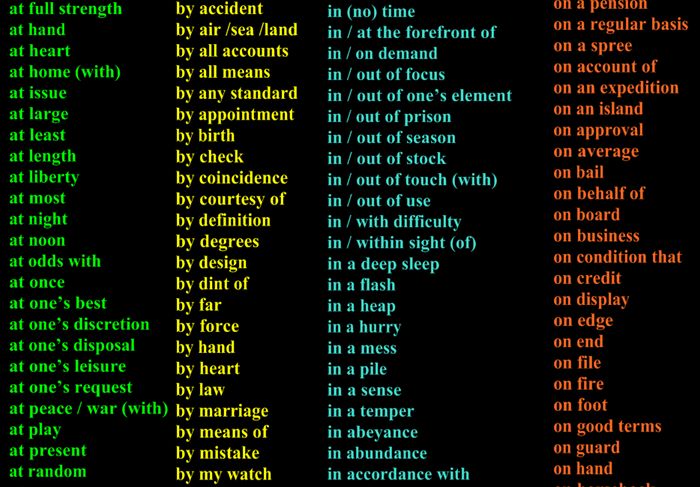
A prepositional phrase is a group of words consisting of a preposition, its object and any modifiers. Examples:
- She left her passport in the brown bag on the kitchen table.
- The student travelled around the world on his own during his year out.
In academic English there are sometimes sequences of prepositional phrases. Example:
- This essay will examine the underlying factors behind the revolution, with regard to the peasant classes in France during the times of greatest upheaval for society as a whole.
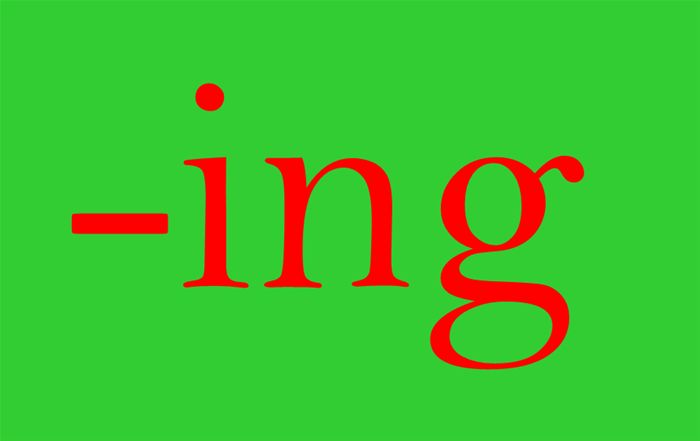
A present participle is the infinitive form of the verb + -ing. It can be used as an adjective, as part of a full verb, or as a noun, in which case it is called a gerund.
Examples:
- This is a really interesting book!
- The Chinese girl was studying Economics. (past continuous tense)
- Learning grammar can be fun! (gerund)
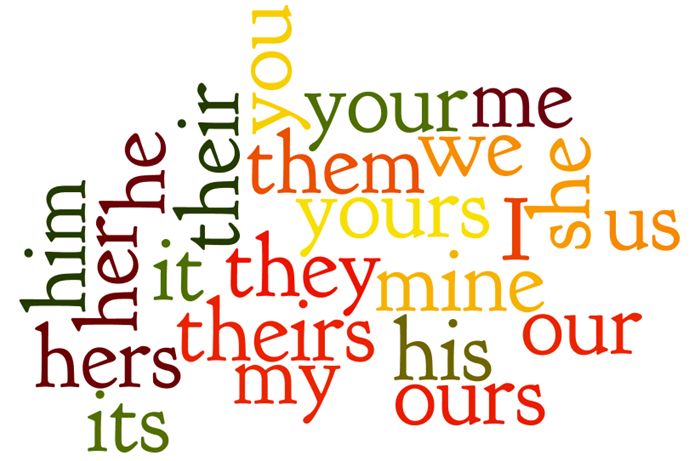
A pronoun is a word that takes the place of a noun or a noun phrase.
A personal pronoun takes the place of a particular person, group or thing. Personal pronouns can be the subject of a sentence or clause( e.g. I, we, they etc.) or the object ( me, us, them).
Possessive pronouns indicate who owns something or who it belongs to (my, your, his, her etc.).

Reference means using words to refer back or forward in a text to things which you have already referred to, or are going to later refer to. This is typically done by using personal pronouns (e.g. she, he, it) or demonstrative pronouns (e.g. this, that, these, those).
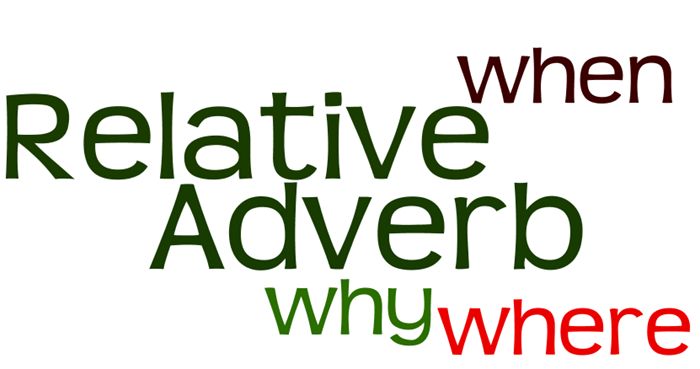
A relative adverb is used to connect a relative clause to the main clause instead of a relative pronoun. There are three relative adverbs: where (used for places), when (for times) and why (for reasons).
Examples:
- I cannot remember why this definition was considered inaccurate.
- They agreed to meet when the weather was better.
- The two cars had not collided where most accidents occurred.
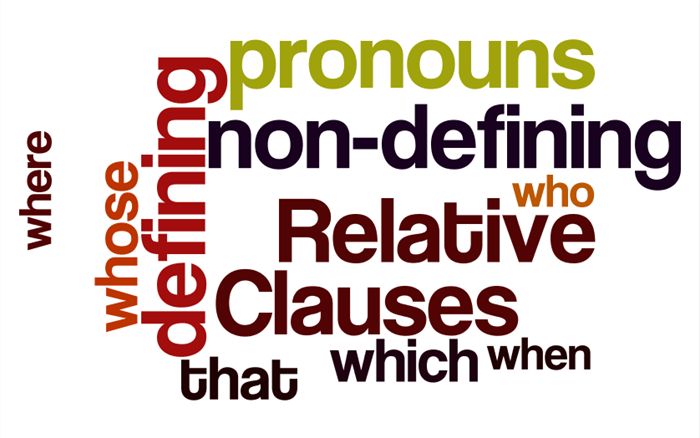
Relative clauses, both defining and non-defining, are a kind of subordinate clause.
A clause is part of a sentence and a subordinate clause is a group of words with a subject and a verb that cannot stand alone as a sentence.
Defining ones tell us which thing or person is being referred to, or what kind of thing or person the writer or speaker means.
Non-defining ones just add extra, non-essential information about the person or thing being referred to.
Relative clauses begin with a relative pronoun: that, who, whom, whose, which, or with a relative adverb, when, why, where.
Examples:
- Neither political system could rely with confidence on those to whom it entrusted the task of educating the peasants.
- For students whose background is more creative the treatment of the core subject areas would be more descriptive.

A relative pronoun, such as which, that, who, whose and whom, are used to connect a relative clause to the main clause.
Examples:
- The book that was written in the eighties was hopelessly out of date.
- The experiment, which he conducted with two other researchers, was successful.
- The singer who sang for the President was a famous movie star.
- The woman whose bag was stolen was reluctant to report the crime to the police.
- The invigilator, to whom I had previously complained, declined to take the matter further.
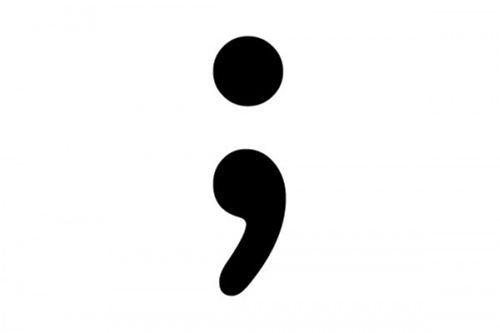
A semicolon is made up of a dot and a comma, one on top of the other. They signify a short break and are half way between a full stop and a comma. They are used to separate two sentences which share the same idea and are quite short. For example, The students missed the bus; however, they still managed to arrive on time for their lesson.
For further information about semicolon's and punctuation, complete the Punctuating Correctly Learning Object.
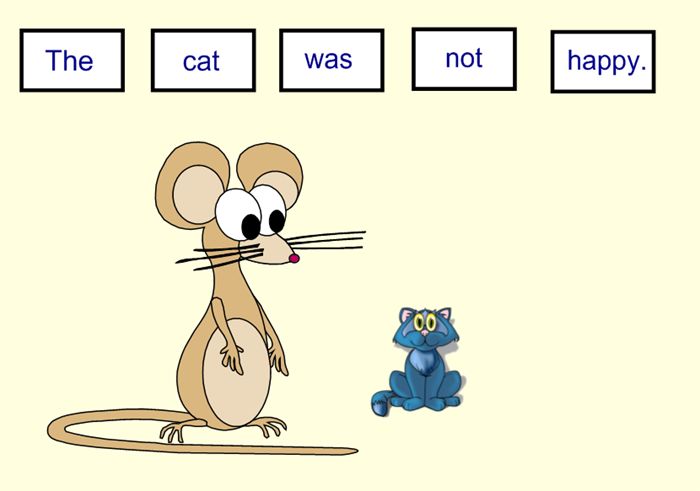
A sentence is a group of words which function together to provide a complete idea. A sentence has a subject and a verb, begins with a capital letter and ends in a full stop.
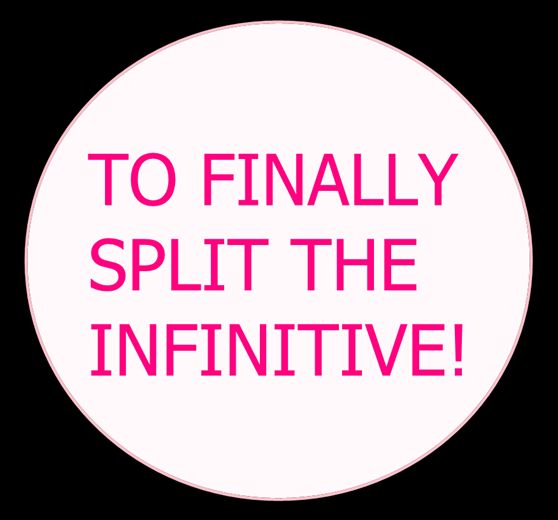
There is a long standing debate amongst grammarians over the split infinitive. Many feel that an infinitive should never be split. That is, a particle (usually an adverb or adverbial phrase), should never be inserted between the 'to' and the verb. However, the split infinitive is quite a common grammatical structure in English and is widely accepted both in an out of academic English.
Examples:
- Student numbers are expected to vastly increase over the next few years. (split).
- Student numbers are expected to increase vastly over the next few years. (unsplit).
For information about infinitives, refer to the Learning Object on gerunds and infinitives.
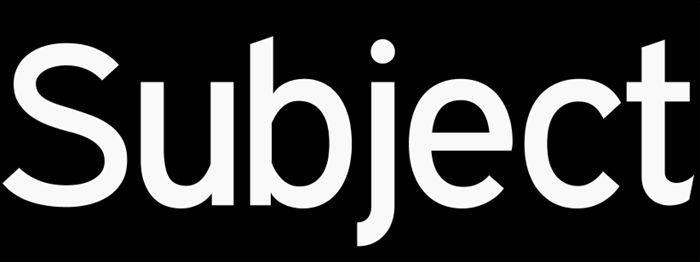
The subject is the part of the sentence which performs an action or which is associated with the action.
Examples:
- The subject of the sentence Tony called out is the proper noun 'Tony'.
- The subject of the sentence The girls and the boys enjoyed the social programme is the compound subject 'the girls and the boys'.
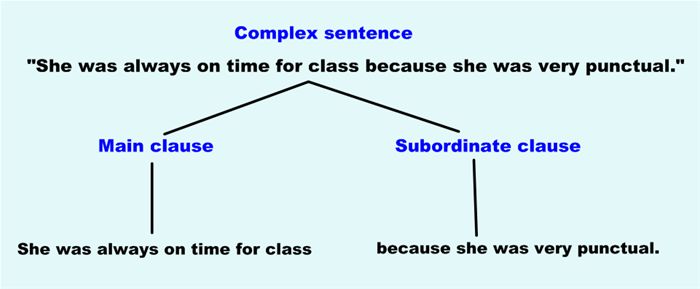
A subordinate clause is a group of words that has a subject and a verb, but cannot stand alone as a sentence. They are sometimes called dependent clauses because they depend on the main clause to give them meaning.
Examples:
- I cannot understand why he took the money.
- The author wrote to the critic who wrote the most negative review.

Substitution uses an alternative word or phrase to replace a word or phrase used earlier in a text. For example:
- The tutor asked for the essay, but I handed in the wrong one.
Here the word 'essay' has been replaced or substituted by 'one'.

A verb is a word which typically describes a process or action. In Dutch, a verb is described as a 'work' word, which is perhaps a more useful description.
A verb can appear in several different forms (infinitive, participle, stem, gerund) , denoting both aspect (perfect, imperfect, progressive, simple) and tense (past, present, future), and can be conjugated into different forms to signify who is doing the action, or having the action done to them (play, plays).
Examples:
- to read
- to write
- to employ
- to conjugate
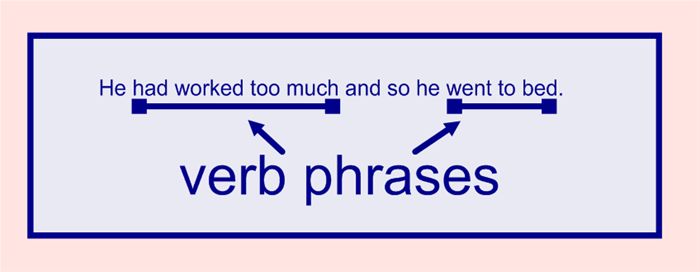
A verb phrase is part of a sentence that gives information about the subject of a sentence. It is made up of a verb and any auxiliary verbs. It may also include a prepositional phrase, a direct or indirect object and any other complements, but not the subject.
Examples:
- She went swimming in the park.
- I should have taken the bus this morning.
- The young girl likes Shakespeare's plays.